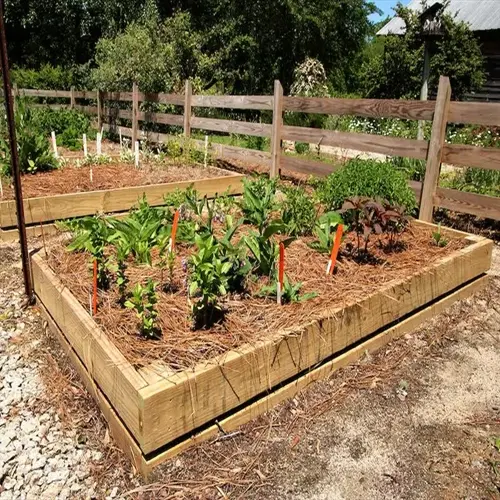What to do after seeds sprout indoors?

Written by
Olivia Mitchell
Reviewed by
Prof. Charles Hartman, Ph.D.Caring for the seeds after they germinate results in healthy seedlings that are ready for transplantation. This delicate stage of development requires careful decisions regarding light, temperature, and moisture. Your care now dictates the viability of the plant later. To avoid excessive elongation and disease, follow these considerations.
Light Management
- 14-16 hours daily: Prevent leggy growth with consistent exposure
- 2-4 inch distance: Maintain optimal gap between lights and seedlings
- Full-spectrum LEDs: Mimic natural sunlight wavelengths
- Timers: Automate light cycles for consistency
Environmental Control
- Temperature drop: Lower by 5-10°F (3-6°C) to toughen stems
- Air circulation: Run fans 2-4 hours daily against fungal diseases
- Humidity reduction: Remove domes immediately after germination
- Spacing: Separate seedlings to prevent overcrowding
Root Development
- Bottom-watering: Start when true leaves emerge
- Container upsizing: Transplant when roots circle containers
- Nutrient timing: Wait until second set of true leaves
- Root inspection: Check weekly through drainage holes
Daily adjust the positioning of lights as seedlings grow. Maintain a distance of 2-4 inches (5-10 cm) accurately. Too close will stress seedlings due to heat. Too far will result in weak stems. Use hanging systems that can be adjusted. Rotate trays to ensure even exposure and no lopsided growth.
After germination, gradually lower the temperature. Cool-season crops, such as broccoli, prefer a range of 60-65°F (15-18°C). Warm-season plants, such as tomatoes, like slightly warmer conditions at 65-70°F (18-21°C). Decreasing the temperature encourages strong stem growth and deters leggy growth.
Start bottom-watering trays when true leaves begin to grow. Place trays in 1 inch (2.5 cm) of water. Allow the soil to suck moisture upwards. This stops soil from being disrupted by fungal disease. Only top-water if the soil surface is dry between sessions.
Check the roots once a week through the holes in the trays they are in. As soon as the roots begin to circle the container, transplant. Transplant into a pot twice the size. Handle seedlings by the leaves and not the stem! Water thoroughly after transplanting. Keep out of direct light for 48 hours.
Begin hardening off ($\approx$ 7 - 14 days prior to outdoor transplanting): For 1 hr in shaded shelter, increasing daily. Protect from wind to start; watch for wilting. Proper hardening develops transplant resilience to stresses outdoors.
Read the full article: When to Start Seeds Indoors: Ultimate Guide

